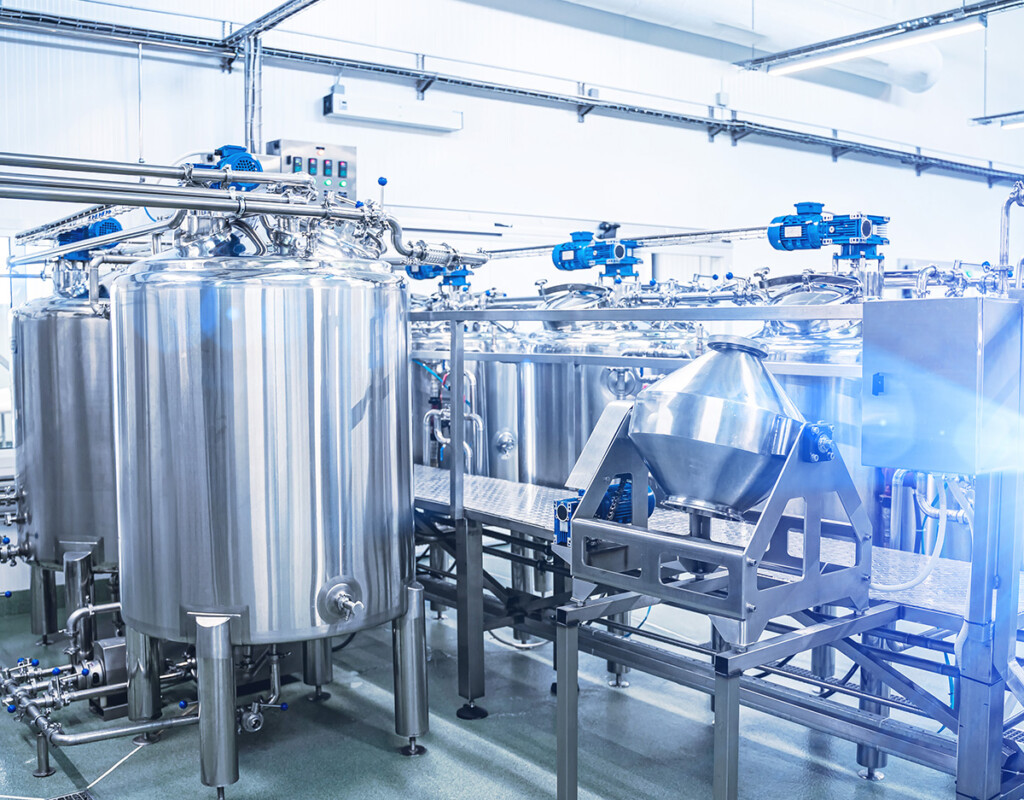
Invisible Gold Toward a New World Depicted by Gases
Notice: Undefined index: options in /home/xs999583/sustainaseed.net/public_html/db.sustainaseed.net/wp-content/themes/dlist/inc/directorist-support.php on line 318
Notice: Trying to access array offset on value of type null in /home/xs999583/sustainaseed.net/public_html/db.sustainaseed.net/wp-content/themes/dlist/inc/directorist-support.php on line 318
Notice: Trying to access array offset on value of type null in /home/xs999583/sustainaseed.net/public_html/db.sustainaseed.net/wp-content/themes/dlist/inc/directorist-support.php on line 318
What we do
POROUS MATERIAL
Our core technology, porous coordination polymers (PCPs; also known as metal-organic frameworks (MOFs)), is based on research developed by Distinguished Professor Susumu Kitagawa at the Institute for Advanced Study at Kyoto University. Atomis aims not only to provide solutions such as the optimization for manufacturing processes of PCPs, but to also develop applications that provide innovative value using these materials.
Company's story
Our Specialty
Material Design
We have our own structure database, POROS™, consisting of 101,000 species (as of May 2023). POROS™ includes not only various parameters derived from crystal structures, but also various data such as common names, cost, gas adsorption performance, physicochemical stability, etc., to enable structure searches that are more practical. Based on these data, the structure and function are predicted by computer simulation and machine learning, and the optimal material is designed according to the purpose.
We evaluate physical properties such as gas adsorption/release characteristics and catalytic activity in minute samples to screen materials that match the required performance.
The interaction and reaction mechanisms between gases and porous materials will be elucidated, leading to the development and improvement of material functions.
Mass Production
We have five types of our original solid-phase/semi-solid-phase synthesis processes. From the solvothermal synthesis process, which is generally considered on a lab scale, we develop manufacturing processes suitable for mass production that are environmentally friendly and low cost. We have a pilot plant at our headquarters R&D center, which is capable of producing up to 100 Kg/batch.
We have manufacturing equipments required for powder compaction. We process powders, granules, pets, films, membranes, honeycombs, and other shapes for applications such as gas separation and catalytic reactions.
We develop technologies such as composites with other materials and surface modification to improve the stability and efficiency of materials.
Evaluation
We follow the evaluation methods and know-how for three-dimensional porous materials developed at Kyoto University.
We have powder X-ray diffractometers and single crystal X-ray structural analyzers for three-dimensional structural evaluation.
We have thermogravimetric analysis evaluation equipment (also under humid condition), gas adsorption/desorption evaluation equipment, mixed gas separation evaluation equipment, high-pressure gas adsorption/desorption evaluation equipment, vapor adsorption/desorption equipment, repeated durability evaluation equipment, gas chromatograph, high-speed liquid chromatograph, mass spectrometer (also for solid), laser particle size distribution measurement equipment, electron microscope, energy dispersive X-ray fluorescence analysis equipment, etc. for quality and function evaluation of porous materials.
In addition, we also have a number of evaluation devices necessary for ligand synthesis and for evaluating the physical properties of molded products.
We have our own structure database, POROS™, consisting of 101,000 species (as of May 2023). POROS™ includes not only various parameters derived from crystal structures, but also various data such as common names, cost, gas adsorption performance, physicochemical stability, etc., to enable structure searches that are more practical. Based on these data, the structure and function are predicted by computer simulation and machine learning, and the optimal material is designed according to the purpose.
We evaluate physical properties such as gas adsorption/release characteristics and catalytic activity in minute samples to screen materials that match the required performance.
The interaction and reaction mechanisms between gases and porous materials will be elucidated, leading to the development and improvement of material functions.
Mass Production
We have five types of our original solid-phase/semi-solid-phase synthesis processes. From the solvothermal synthesis process, which is generally considered on a lab scale, we develop manufacturing processes suitable for mass production that are environmentally friendly and low cost. We have a pilot plant at our headquarters R&D center, which is capable of producing up to 100 Kg/batch.
We have manufacturing equipments required for powder compaction. We process powders, granules, pets, films, membranes, honeycombs, and other shapes for applications such as gas separation and catalytic reactions.
We develop technologies such as composites with other materials and surface modification to improve the stability and efficiency of materials.
Evaluation
We follow the evaluation methods and know-how for three-dimensional porous materials developed at Kyoto University.
We have powder X-ray diffractometers and single crystal X-ray structural analyzers for three-dimensional structural evaluation.
We have thermogravimetric analysis evaluation equipment (also under humid condition), gas adsorption/desorption evaluation equipment, mixed gas separation evaluation equipment, high-pressure gas adsorption/desorption evaluation equipment, vapor adsorption/desorption equipment, repeated durability evaluation equipment, gas chromatograph, high-speed liquid chromatograph, mass spectrometer (also for solid), laser particle size distribution measurement equipment, electron microscope, energy dispersive X-ray fluorescence analysis equipment, etc. for quality and function evaluation of porous materials.
In addition, we also have a number of evaluation devices necessary for ligand synthesis and for evaluating the physical properties of molded products.
Our story
Atomis is exploring new values for gases based on next-generation porous materials such as porous coordination polymers (PCP/MOF). These porous materials are polymers with nano-sized pores that can selectively adsorb or chemically react with gases. At Atomis, we are not only designing these materials using computer chemistry and developing environmentally friendly and low-cost manufacturing methods, but also developing applications that solve social issues and provide new value in the field of gas storage, separation, and conversion. Atomis will continue to contribute to the free control of gases and the creation of unknown value.
General Information
Gallery


